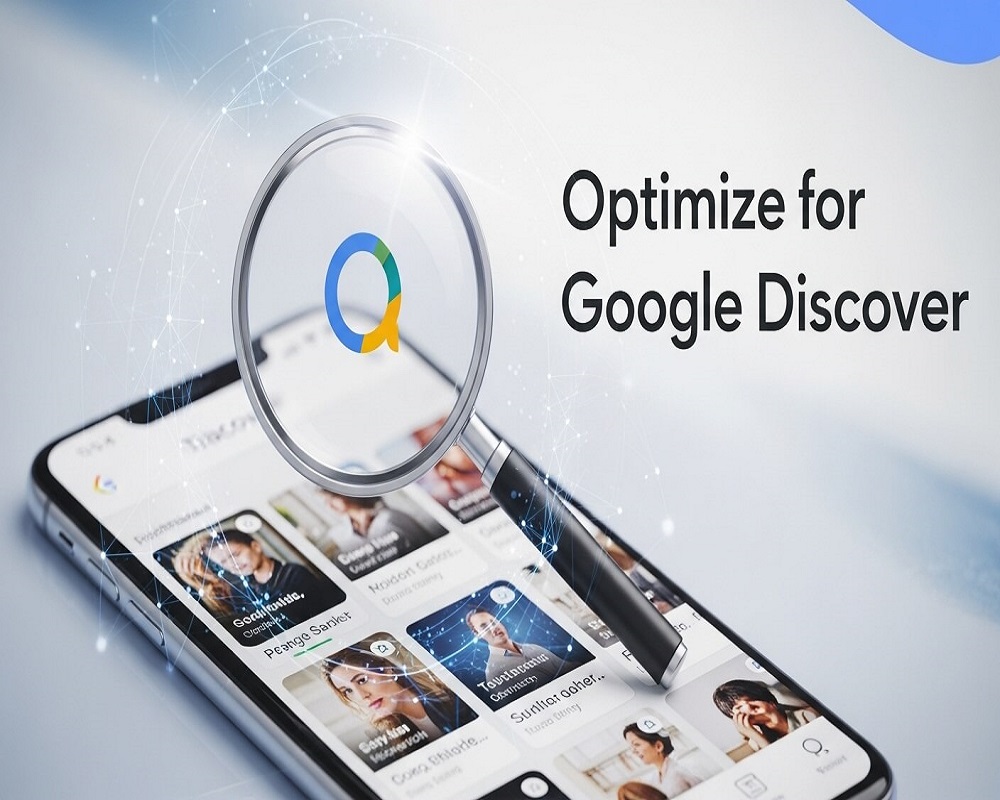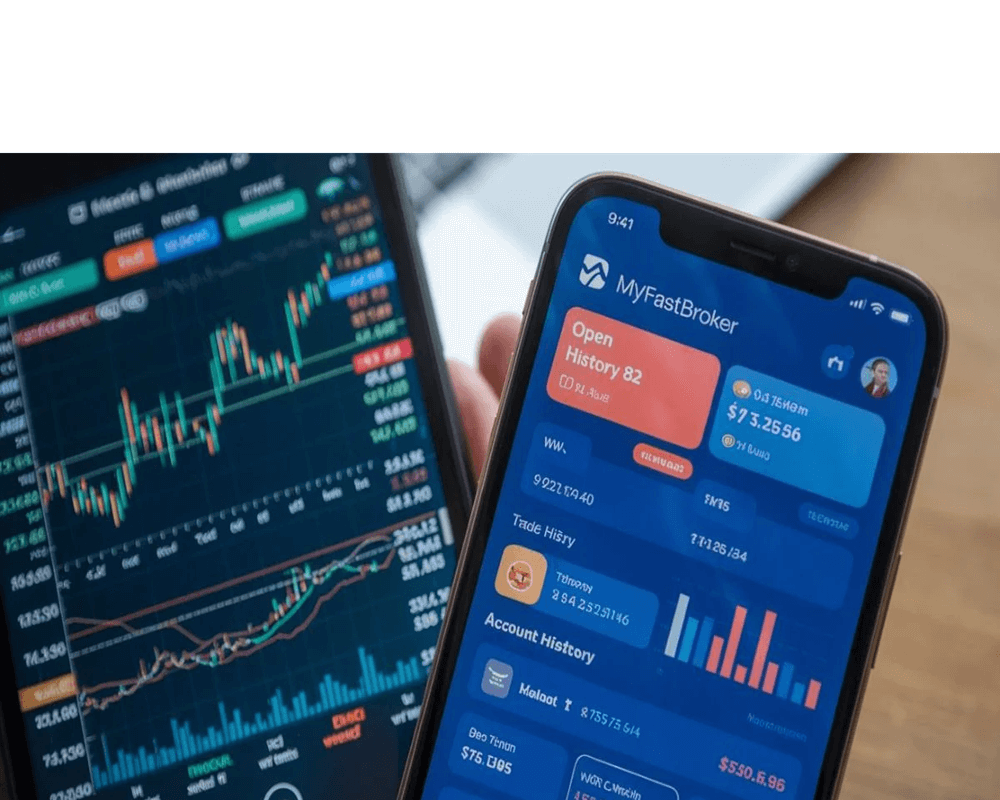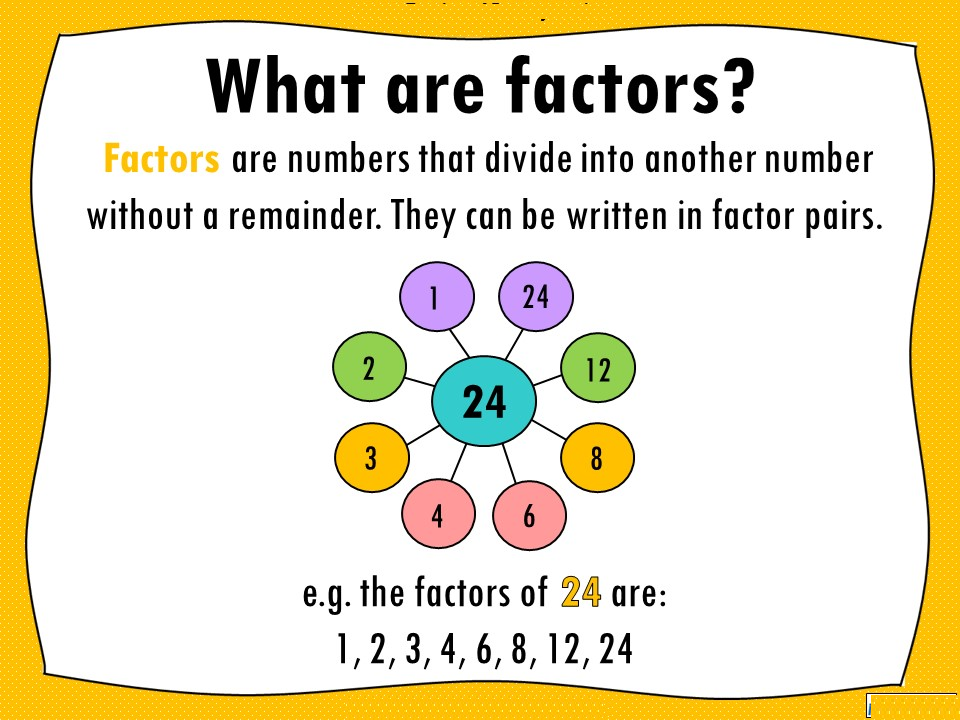Introduction to Google Discover
Google Discover is a game-changer in content consumption, delivering personalized articles, videos, and media directly to users based on their interests, browsing history, and interactions within Google’s ecosystem. Launched as an evolution of Google Feed in 2018, it now drives significant traffic for publishers, often surpassing organic search or social media referrals. Appearing on mobile devices via the Google app, Chrome’s new tab page, and Android’s Google homepage, Discover offers a unique opportunity for creators to reach engaged audiences.
Why focus on Discover? It’s a massive traffic driver, with some publishers reporting it as their primary referral source. Optimized content can see substantial increases in impressions and click-through rates, making it a vital channel for bloggers, businesses, and media outlets. Unlike traditional search, Discover proactively surfaces content without user queries, relying on AI to match articles with individual preferences. This guide dives deep into strategies for optimizing content, ensuring it not only appears in Discover but also captivates and converts.
How Google Discover Works: The Mechanics Behind Personalization
Discover’s strength lies in its AI-driven personalization. It analyzes user signals—such as past searches, YouTube views, and app activity—to curate a feed tailored to individual interests. For example, a user who explores fitness content might see articles on workout routines or nutrition tips. Unlike search, Discover doesn’t rely on explicit queries; it predicts what users want to see next, presenting content in visually appealing cards with thumbnails, headlines, and snippets.
Both fresh and evergreen content can appear, as long as it’s relevant. Older articles may resurface if they align with trending topics or user behavior. Discover shares ranking principles with Google Search, prioritizing content that demonstrates experience, expertise, authoritativeness, and trustworthiness (EEAT). Features like the “Follow” button let users subscribe to topics or publishers, boosting repeat visibility. In 2025, advancements in AI have made Discover’s personalization even more precise, incorporating signals from images and videos for better content matching.
Discover traffic often comes from casual browsing, leading to longer session times compared to search. However, its volatility—driven by algorithm updates or global events—requires publishers to focus on consistent, high-quality output to maintain visibility. Understanding this dynamic system is key to crafting content that resonates with Discover’s audience.
Eligibility Requirements and Content Policies for Discover
To appear in Discover, your content must be indexed by Google and comply with its policies—no special registration is needed. Ensure your site is crawlable, submit a sitemap via Google Search Console, and avoid noindex tags. Discover favors content suited for interest-based feeds, such as articles, videos, and multimedia, while excluding formats like job listings, petitions, or code repositories.
Content policies are strict to ensure a positive user experience. Material must avoid misinformation, hate speech, or explicit content, aligning with Google’s broader guidelines. SafeSearch filters block shocking or inappropriate media, and satirical pieces need clear context to avoid confusion. To maximize eligibility, create original, insightful content that tells compelling stories or addresses timely topics. Avoid manipulative tactics like exaggerated headlines or incomplete information, as these can lead to exclusion.
Core Strategies for Content Optimization
Optimizing for Discover starts with creating people-first content. Focus on originality and depth, showcasing expertise through well-researched articles. For instance, a piece on renewable energy should cite credible sources, include author bios with relevant qualifications, and provide actionable insights. This aligns with EEAT, a cornerstone of Discover’s ranking criteria.
Headlines are critical. Craft clear, engaging titles that summarize the content without resorting to clickbait. For example, “2025 Guide to Eco-Friendly Home Upgrades: Tips and Trends” outperforms vague or sensational phrases. Two-part headlines using colons or pipes add context and improve click-through rates. Keep titles concise yet descriptive to capture attention in Discover’s card layout.
Visuals are essential. Use high-resolution, original images (at least 1200 pixels wide) to stand out in Discover’s visual-heavy feed. Set the robots meta tag to max-image-preview:large or use AMP for optimal rendering. Avoid generic stock photos; choose compelling thumbnails that evoke curiosity or emotion. Videos and infographics can further enhance engagement, as multimedia often gains priority.
Align with semantic intent by covering related topics comprehensively. For an article on plant-based diets, include sections on nutrition, recipes, environmental benefits, and health impacts. This builds topical authority, making your content more discoverable. Tools like topic research platforms can help identify relevant subtopics to ensure broad coverage.
Leverage trending topics for timeliness. Monitor platforms like Google Trends to spot rising interests and create relevant content. For evergreen pieces, update them regularly with fresh data or insights to maintain relevance. Content that sparks curiosity, solves problems, or aligns with hobbies (e.g., travel, tech, or wellness) performs strongly, but avoid negative or controversial tones to comply with Discover’s guidelines.
Technical Optimizations to Boost Discover Visibility
Technical excellence is non-negotiable. Since most Discover traffic is mobile, ensure your site is responsive and passes Google’s Mobile-Friendly Test. Optimize for Core Web Vitals, aiming for page load times under 2 seconds to minimize bounce rates. Tools like PageSpeed Insights can identify bottlenecks.
Implement RSS or Atom feeds to enable the Follow feature, linking them in your page’s section. Ensure feeds are crawlable, include descriptive titles, and cover specific topics to encourage subscriptions. Structured data, such as schema markup for articles or videos, adds context and can boost click-throughs, aligning with broader SEO practices.
Page speed is a priority. Compress images, minify code, and use content delivery networks (CDNs) to enhance performance. A fast, seamless experience correlates with higher Discover visibility and better user engagement.
Monitoring Performance and Iterating Strategies
Track Discover performance using Google Search Console’s dedicated report, which provides 16 months of data on impressions, clicks, and CTR. Integrate Google Analytics to segment Discover traffic (often listed as “google / discovery” referrals) and analyze metrics like session duration. Identify patterns in top-performing content—such as headline styles or image types—and test variations to optimize further.
Discover traffic can be unpredictable due to algorithm changes or shifting user interests. Combat this by publishing consistently, whether daily for news sites or weekly for niche blogs. Regular output builds momentum and increases chances of sustained visibility.
Advanced Tips and Case Studies
For advanced optimization, focus on entity-based strategies. Create topical clusters around core themes, linking related articles internally to strengthen authority. For example, a travel blog could build a cluster around “sustainable tourism,” covering destinations, tips, and gear. This enhances Discover’s ability to match your content with user interests.
A real-world example: A food blog optimized for Discover by using vibrant, original images and curiosity-driven headlines like “Quick Vegan Dinners You’ll Wish You Tried Sooner.” Within months, they saw a significant traffic increase, driven by consistent posting and topic relevance. Another publisher boosted engagement by refreshing evergreen content with 2025 data, maintaining visibility.
Avoid pitfalls like artificial engagement tactics, which violate policies. Instead, encourage organic sharing through valuable, shareable insights. As AI-driven features like generative overviews grow, seed your content with unique, factual data to increase its chances of being cited.
Answering High-Volume Questions About Google Discover Optimization
1.What is the difference between Google Discover and Google Search?
Discover proactively surfaces content based on interests, while Search responds to user queries. Optimization for Discover emphasizes visuals, timeliness, and broad appeal over heavy keyword focus.
2.How do I get my content to appear in Google Discover?
Ensure your site is indexed, adheres to content policies, uses high-quality images, and delivers relevant, engaging content. There’s no guarantee, but these steps maximize visibility.
3.Can I use SEO techniques for Discover?
Yes, but prioritize EEAT, mobile optimization, and comprehensive topic coverage over traditional keyword stuffing.
4.Why is my traffic from Discover fluctuating?
Traffic varies due to algorithm updates, user behavior, or trending topics. Consistent publishing and trend alignment help stabilize performance.
5.How important are images in Discover optimization?
Critical—large, original images significantly boost click-throughs. Use high-resolution visuals and proper meta tags.
6.Should I focus on new or evergreen content?
Both work; refresh evergreen content periodically to maintain relevance and appeal.
7.How can I track Discover performance?
Use Google Search Console for impressions and clicks, and Google Analytics for behavior metrics like session time.
8.Is clickbait effective for Discover?
No; sensational titles risk penalties. Opt for honest, engaging headlines that deliver on promises.
9.What role does EEAT play in Discover?
It’s essential—demonstrating expertise and trustworthiness increases visibility and user trust.
10.How does the Follow feature impact optimization?
Enabling RSS feeds encourages subscriptions, driving repeat traffic and stronger audience connections.
Conclusion: Building a Sustainable Discover Presence
Optimizing for Google Discover in 2025 requires a blend of high-quality content, technical precision, and user-focused design. By prioritizing EEAT, leveraging compelling visuals, and staying responsive to trends, you can unlock significant traffic and engagement. Consistency and iteration are key—monitor performance, refine strategies, and adapt to user needs. With these approaches, your content will not only appear in Discover but also resonate deeply, fostering lasting audience connections.
Saad Raza is an SEO specialist with 7+ years of experience in driving organic growth and improving search rankings. Skilled in data-driven strategies, keyword research, content optimization, and technical SEO, he helps businesses boost online visibility and achieve sustainable results. Passionate about staying ahead of industry trends, Saad delivers measurable success for his clients.





